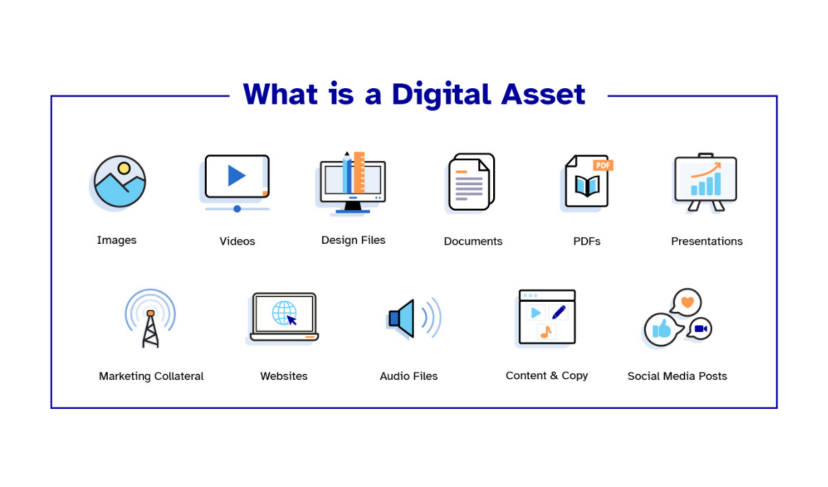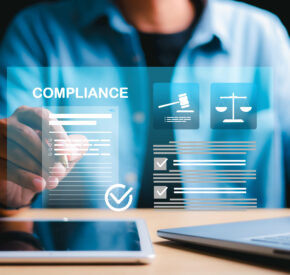Updated Accessibility Rules From the DOJ and HHS
New rules will make government websites more accessible and affect businesses

The U.S. Department of Justice (DOJ) recently released an update to Title II of the ADA. The update aims to clarify digital accessibility standards for state and local government entities. The rule will go into effect on June 24, 2024, with a compliance timeline of 2 or 3 years. Timelines will be determined by population size and smaller entities will be offered more time to comply.
In a related move, the U.S. Department of Health and Human Services (HHS) issued a final rule under Section 504 of the Rehabilitation Act. Like the DOJ ruling, it strengthens and clarifies protections for people with disabilities to ensure accessibility in both the built and virtual environments.
Steps toward clarity
The new guidance from both federal agencies aims to increase access for people with disabilities. It will affect services ranging from registering to vote, finding library books, and paying bills to clearer standards for medical equipment and devices, accessible documentation and digital portals where patients can review and receive services. Accelerated by the COVID-19 pandemic, many government and other public entities are offering an increasing number of services digitally that were previously available in person. When these services don’t meet accessibility standards, they can shut out people with disabilities, causing real effects on civil rights and equal access.
According to former U.S. Associate Attorney General Vanita Gupta, who led the rule-finding for the DOJ last summer, this change to Title II of the ADA is designed to provide “clarity” to governments who have been looking for a “specific technical standard” to make their digital products accessible. It’s also designed to “help people with disabilities know what their rights are.” At Tamman, we believe that greater clarity in standards benefits both the people who make technology and the people who use it.
For years, state and local governments, as well as the private sector, have expressed frustration about the absence of a definitive legal standard for digital accessibility. The Americans with Disabilities Act (ADA) provides little clarity on how to make digital products accessible because it passed in 1990 when the Internet was in its early stages.
Both Section 504, as well as Section 508, amended in 1998, requires all technology provided by the federal government to be accessible to people with disabilities. The US Access Board uses WCAG 2.0 as the standard for Section 508 but has acknowledged that these regulations lack enforcement. The DOJ update makes clear that WCAG 2.1, Level AA is the technical standard that state and local governments must follow. (Note that the WCAG 2.2 was published in October 2023.)
Unfortunately, the new update does not include specific plans for enforcement. While the WCAG has been set as the standard, it is not just a matter of meeting a regulatory baseline, it’s about creating digital experiences that are truly accessible to all individuals, including those with disabilities.
Wider private sector impacts
These updates apply to all digital content that is publicly available or used to offer services, programs, and activities to the public. This means that this update goes further than just making a city or county’s website accessible. It will also ensure the third-party partners, vendors, service providers, and apps to white label financial services or insurance products, collect parking payments, track public transportation, and more are compliant. The rule also applies to content like social media posts and videos, as well as PDFs and digital documentation too.
There are some narrow, but notable, exceptions for archived web content and some third-party content. Yet, it’s unclear how that burden would be measured or proven.
While these rules changes will only apply to the public sector, we expect a downstream effect on private organizations working with or for public entities. First affected will be businesses and organizations that contract with public entities to provide public-facing services, third-party technology tools, and other offerings. Their websites, apps, products, and content will need to meet WCAG 2.1 AA standards.
How Tamman can help
To stay competitive in the procurement processes many organizations will need to adapt to this new rule. It’s true that enforcement of regulations has been spotty and standards have expanded and evolved. Regulations are a good motivating force but they shouldn’t be the only reason you pursue digital accessibility.
At Tamman, we believe that the biggest threat that many government, public, and private entities face is that investing in digital accessibility needs to be accounted for and two or three years isn’t a lot of time to spread out the cost in your budgets.
As trainers, consultants, and remediators who specialize in digital accessibility, we’re here to demystify these standards and help you understand what it truly means to make content accessible. To stay competitive, and to guarantee equal access to your products, contact us to discuss our full suite of digital accessibility services.





